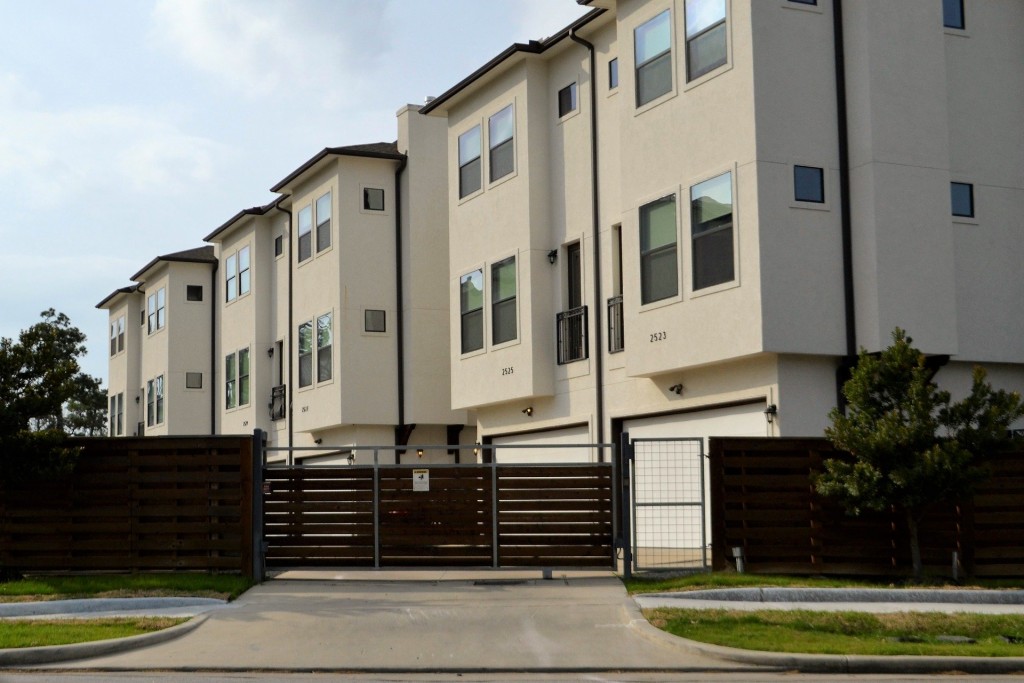If you are looking to rent an apartment or home in the Port Charlotte area, you may be wondering – am I liable for any damages which may occur while I occupy the property? After all, things happen. What if someone falls down the steps or runs into your garage door? Who is liable, and does renter’s insurance cover you?
Sometimes the lines regarding fault can be blurry when a lease agreement is involved. Today we are discussing situations which renters may encounter, and will help you to determine who is responsible for remediation of damages.
There are two areas of concern for those renting a property:
- what is the renter’s responsibility for repairs and broken items?
- what is the renter’s responsibility if there is an injury?

Responsibility for Repairs – Landlord or Tenant?
The easiest way to determine responsibility for a specific situation is to refer to your lease or rental agreement. Your rights and responsibilities are typically laid out clearly, and may include:
Monetary threshold for repairs: For instance, your lease may indicate that any repair over $75 is landlord responsibility, but a repair under that amount is up to the tenant to cure.
Health and safety concerns: These issues typically fall under the responsibility of the landlord. These items may include a malfunctioning front door lock, or a broken air conditioner. Minor wear and tear items, such as replacing filters, is usually considered tenant responsibility.
Wear and Tear: If the item breaks due to age or normal use, the landlord is typical responsible to perform the repair. However, if a tenant’s dog ruins the rug or chews on a door frame, the renter would clearly be liable.If you and your landlord have a good rapport, you will likely establish a routine when it comes to how you will handle repairs and damages. Most tenants will find it more expedient and in the best interest of the tenant/landlord relationship to take care of small items themselves. That being said, a tenant should never attempt to take care of a major repair – or change anything material in the property – without informing the landlord.
Liability for Injury – Landlord or Tenant?
Landlords are usually responsible for maintaining common areas, keeping them safe and free from hazards.
The landlord is also typically required to:
- post warnings if a situation could be dangerous
- fix or remediate hazards
- provide adequate lighting and security for the property.
If a tenant or their guest is injured because a rental property has not been adequately maintained, the landlord may be found to be at fault.
However, the landlord will not be held liable for an injury which is the result of tenant (or guest) negligence. Important: An injury sustained by a guest visiting the property may be determined to be the liability of the tenant.
A renter’s insurance policy recommended for anyone living in someone else’s home or apartment. This policy is generally comprised of three types of coverage to protect the tenant and their personal belongings.
Personal Property Coverage: Provides reimbursement for expenses involved with the repair or replacement of belongings such as furniture or clothing.
Liability Coverage: Covers repairs if the renter accidentally causes damage to the property. May also cover a guest’s medical expenses if found liable for their injuries.
Additional Living Expense Coverage: Covers tangential costs incurred if the rental property is damaged or rendered uninhabitable, such as hotel bills. This coverage will not reimburse the landlord for damage to the property if the tenant was liable.If you have further questions about renter’s insurance or renter’s liability when occupying a property, call Tyler at Ezzi Insurance Advisors.
